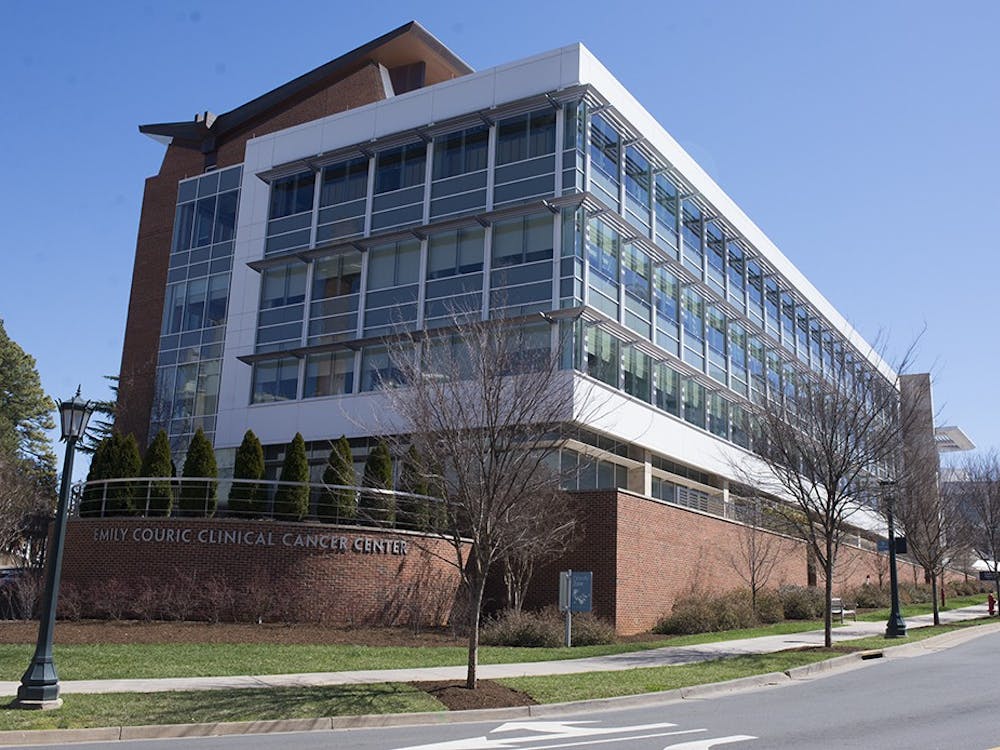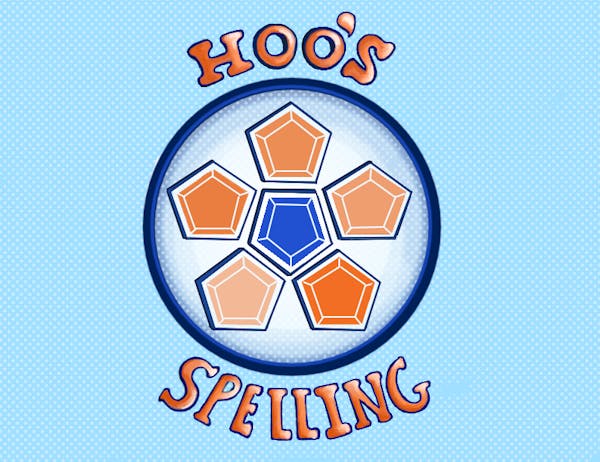Within five or six years, Japanese researchers hope to induce the birth of a woolly mammoth through new cloning techniques. Although there are plenty of well-preserved mammoth carcasses in the Arctic north, DNA damage because of the subzero temperatures during the extraction process has prevented progress thus far. Recently, researchers have developed a new nuclei-extraction technique that has allowed them to extract DNA from a mouse frozen for 16 years without any debilitating damage to the genetic material. Scientists plan to implant the mammoth nuclei into an elephant's egg cell to create an embryo, which will then be implanted in a surrogate female elephant.
Elephants and mammoths are genetically very similar, but there may be many difficulties in inducing an elephant to give birth to a mammoth. The researchers are hopeful, however, despite the low 30-percent success rate of frozen cloning. The analysts also plan to run genetic and other tests if they can successfully create the cloned embryo. This research may illuminate the true cause of the large mammal's extinction late in the Ice Age of the Pleistocene epoch, helping to shed light on the current scientific debate between climate change and overhunting by humans.
-compiled by Christine Hou






